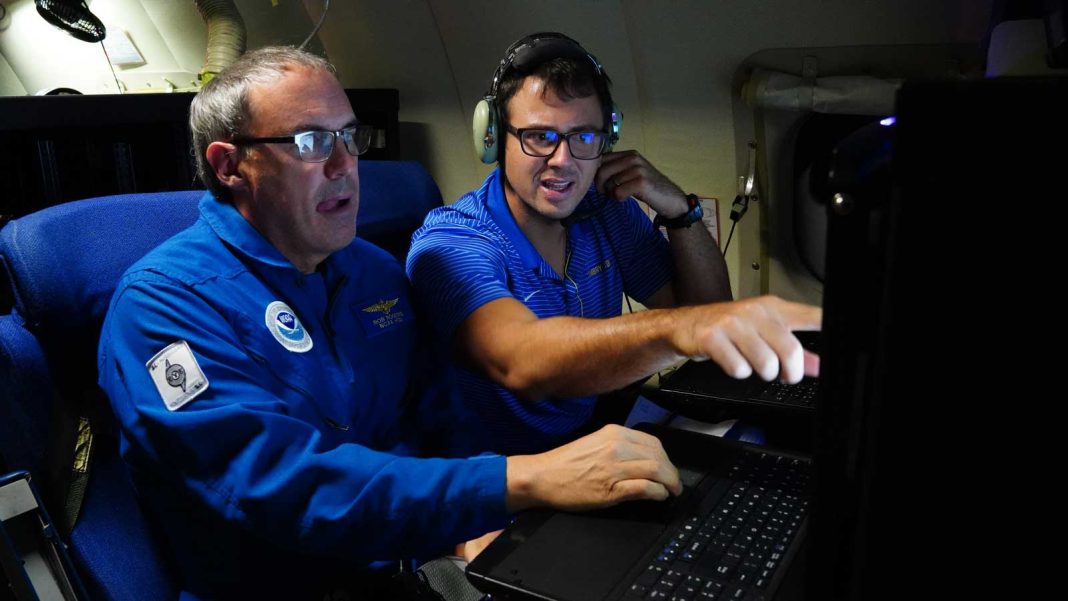A meteorologist has spun a scary encounter into a research project.
Josh Wadler, now an assistant professor of meteorology at Embry-Riddle Aeronautical University in Daytona Beach, Florida, was aboard a bumpy Hurricane Hunters mission into Hurricane Ian in September 2022.
Read: A new era in hurricane tracking begins
Others aboard said it was the bumpiest hurricane flight they’d ever been on. Wadler set out to see if that was quantifiably true.
Over the ensuing months, he collected data from Hurricane Hunter flights dating back to 2004 and developed a bumpiness index to measure, as he describes it, the human experience on an airplane. The intimidating math puzzle and lengthy equations that resulted were different from traditional turbulence algorithms designed to measure the state of the atmosphere.
Though turbulence comes in different flavors – from up-and-down to side-to-side – no matter how he sliced it, the turbulence the Hurricane Hunters hit in Hurricane Ian was the highest in at least 20 years of such flights, and by a wide margin – over 34% higher than the second-bumpiest flight, recorded during Category 5 Hurricane Irma in 2017.
As Wadler describes it, moments of fright during bouts of extreme turbulence can affect the brain’s ability to make quick decisions, an especially important consideration for scientists transmitting critical data or pilots reacting to extreme speed or abrupt altitude changes. Although still in the early stages of his bumpiness research, Wadler hopes to team up with human factors scientists and behavioral researchers to better understand how cognitive functions and decision-making may be affected by bumpiness in the air. It’s an index that easily translates to commercial flights, too.
For the crew aboard the last research mission into Hurricane Ian, Wadler’s research was the exclamation point on a very unconventional mission. The pursuit of science is messy, but for the team of scientists collectively known as the Hurricane Hunters, to leave the storm – to finally close the long and storied chapter on routine and risky human reconnaissance missions – means weathering the same unpredictable and often turbulent winds that brought them there to begin with.
We help millions of people understand climate change and what to do about it. Help us reach even more people like you.


